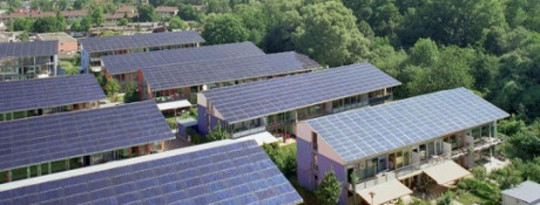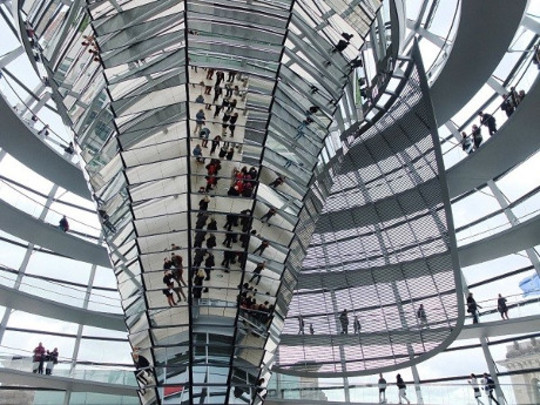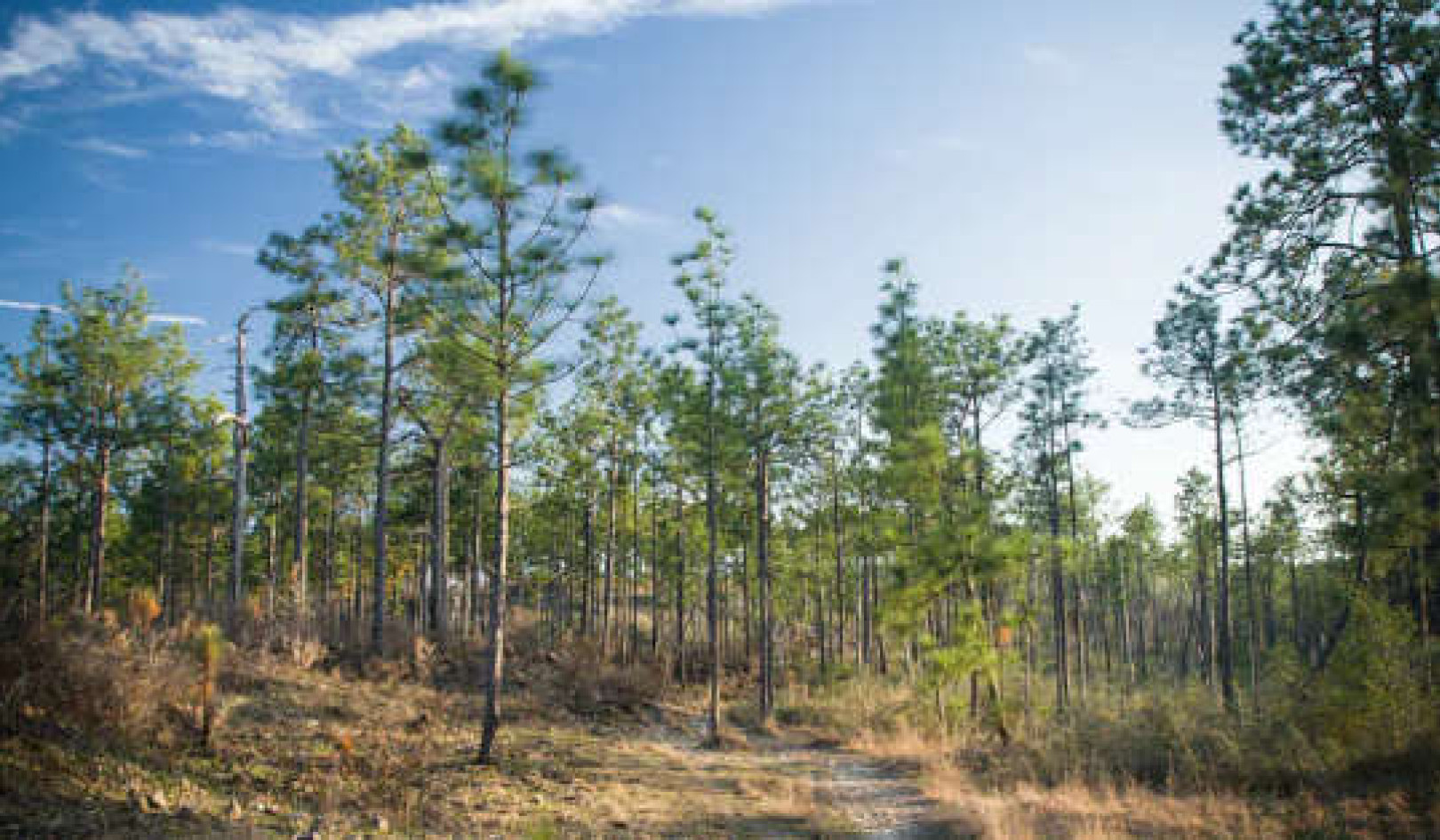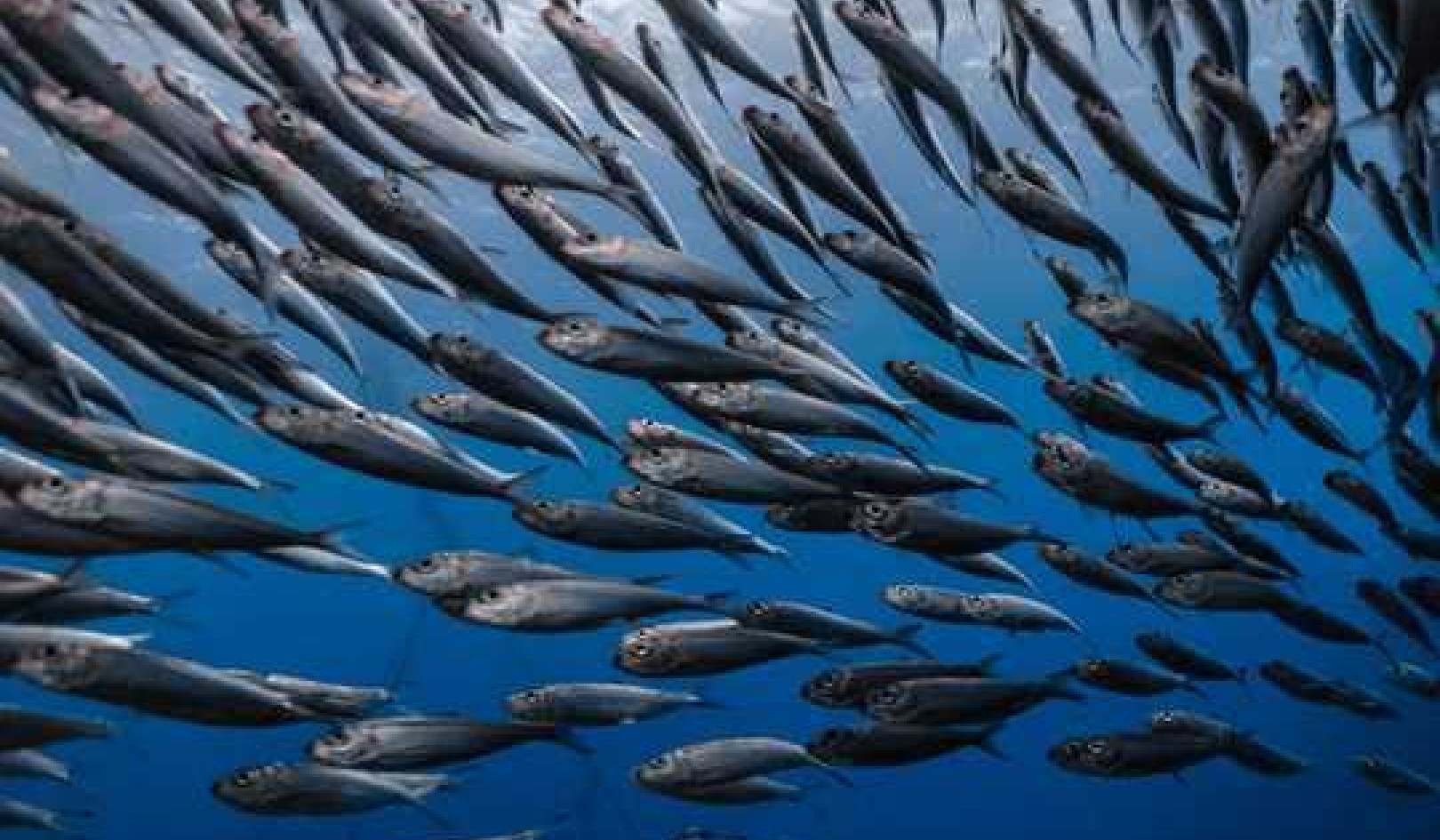
A guidebook with a difference is selling well in Germany. It details nearly 200 renewable energy sites it thinks will appeal to tourists.
Wind turbines and solar panels: do you love them or hate them? Do you think of renewable energy as the way to a greener future, or an awful blight on the present? Either way, growing numbers of German communities think they have found a silver lining: they’re touting renewables as tourist attractions. A guidebook is now available, listing about 200 green projects around the country which it thinks are, in the travel writer’s time-hallowed phrase, “worth the detour”. The publication, which has already run to a second edition after the first sold out, was supported by Germany’s Renewable Energies Agency.
Nuclear power stations are not top of every tourist’s must-see list. But the book’s author, Martin Frey, says a nuclear plant in Kalkar, a town on Germany’s border with the Netherlands, is the world’s safest. It pulls in more than half a million visitors annually.
Safe? It should be, because local protests – driven partly by the 1986 Chernobyl accident – meant it never started operation. Now it’s an amusement park offering hotels with all-inclusive holidays, restaurants and merry-go-rounds. Its most popular attraction is a gigantic cooling tower with a climbing wall outside and a carousel inside.
Blast from the Past
Another strictly retired “attraction” listed is Ferropolis, the City of Iron. Located on the site of a former brown coal (lignite) opencast mine in the eastern German state of Saxony-Anhalt, it’s a bit of an oddity in Frey’s list – an open-air museum, preoccupied not with emerging technologies but with echoes of one that many hope has had its day.
Huge redundant metal structures, immense excavators and towering cranes, all abandoned, give Ferropolis the air of a post-apocalypse movie. But in a nod to the future the roof of a former workshop is covered with solar panels which help to power the museum’s annual summer music festivals.
Germany is moving rapidly away from the past which Ferropolis evokes in its switch to renewable energy. In the last decade renewable power generation has tripled and now provides a quarter of the country’s electricity and about 380,000 jobs. Wind, hydro, solar and biogas plants are taking over from coal and nuclear power.
 The Reichstag in Berlin is designed to produce much of the heat and light it uses Image: Komila Nabiyeva
The Reichstag in Berlin is designed to produce much of the heat and light it uses Image: Komila Nabiyeva
The change is evident right at the heart of the nation’s political life. The glass dome of the Reichstag, a tourist magnet which stands resplendent on the Berlin skyline, contains a cone covered with 360 mirrored plates, which reflect sunlight and illumine the plenary hall below. And there’s more: a heat exchanger inside the cone’s ventilation shaft significantly reduces the building’s power consumption.
Steep Climb
The Reichstag also boasts an array of solar panels, and half its electricity and most of its heat come from two combined heat and power generators beneath the building, which run on bio-diesel.
If you want to combine some mildly energetic activity with your environmental sightseeing, then head for Lower Saxony where you’ll find the Holtriem wind farm. The largest in Europe when it was built, with a total capacity of 90 MW, it has an observation platform on one of the turbines, 65 m above ground. That offers tourists – if they’re prepared to climb the 297 steps to the top – a stunning view of the North Sea and, in good weather, the East Frisian islands.
Also in Lower Saxony is Juehnde, the first German village to achieve full energy self-sufficiency. Its combined heat and power plant produces twice as much energy as Juehnde needs. The villagers are so keen to share their experience that they built a New Energy Centre to win over visitors.
Frey, a journalist specialising in renewable energy, says he wrote the book because he’d been impressed by a large number of innovative renewable projects and wanted to share them with tourists as well as experts.
– Climate News Network
 About The Authors
About The Authors
Komila Nabiyeva is a Berlin-based freelance journalist, reporting on climate change, energy and development.
Martin Frey, author of the guidebook "Deutschland - Erneuerbare Energien erleben", is a journalist specialising in renewable energy. The guidebook is only available in German at this time.
Recommended Book:
The Metropolitan Revolution: How Cities and Metros Are Fixing Our Broken Politics and Fragile Economy -- by Bruce Katz and Jennifer Bradley.
 Across the US, cities and metropolitan areas are facing huge economic and competitive challenges that Washington won’t, or can’t, solve. The good news is that networks of metropolitan leaders – mayors, business and labor leaders, educators, and philanthropists – are stepping up and powering the nation forward. In The Metropolitan Revolution, Bruce Katz and Jennifer Bradley highlight success stories and the people behind them. The lessons in this book can help other cities meet their challenges. Change is happening, and every community in the country can benefit. Change happens where we live, and if leaders won’t do it, citizens should demand it.
Across the US, cities and metropolitan areas are facing huge economic and competitive challenges that Washington won’t, or can’t, solve. The good news is that networks of metropolitan leaders – mayors, business and labor leaders, educators, and philanthropists – are stepping up and powering the nation forward. In The Metropolitan Revolution, Bruce Katz and Jennifer Bradley highlight success stories and the people behind them. The lessons in this book can help other cities meet their challenges. Change is happening, and every community in the country can benefit. Change happens where we live, and if leaders won’t do it, citizens should demand it.
Click here for more info and/or to order this book on Amazon.

























